Guide to eating before competing
9 Comments“When should I eat before a competition?”
is one of the questions we are asked most often, followed by “What should I eat before matches?” Pre- competition nutrition is a vital part of any athlete’s preparation. Maximising available energy and properly hydrating are necessary to ensure that you perform at your best.
What to eat
In order to maximise energy for competition, athletes should eat meals high in carbohydrate. However it is important to select the right types of carbohydrate to ensure that energy is released slowly and can be sustained throughout the duration of the competition. The table below shows which foods are high in slow release carbohydrates and which release energy faster.
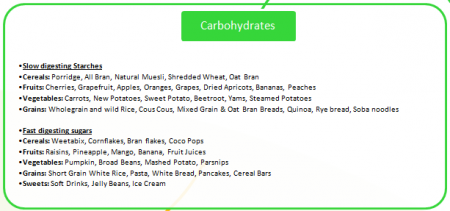
Eating foods high in fast release carbohydrates too soon before competition will mean a rapid increase in blood glucose levels. This in turn will lead to production of the hormone insulin which acts to remove glucose from the blood and store it in the liver, where it is not available for energy production.
However, these foods are ideal immediately after training or competition when replenishing the body’s energy stores becomes a big priority.
Fat is less readily used as an energy source during competition due to the high intensity, so keep ingestion of fats and high fat proteins to a minimum in the lead up an event.
This will leave more room for carbohydrates, and reduce the likelihood of gastric discomfort which high fat foods can cause due to longer digestion times. The table below shows a list of lean, medium and high fat proteins.
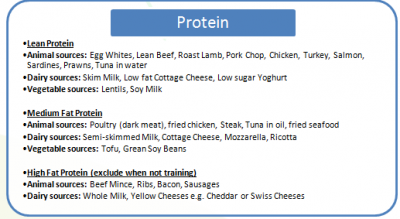
Keeping hydrated is vital for performance as it will allow you to perform well physically and stay mentally focussed. Try and drink regularly throughout the day rather than drinking lots in a few bursts, as your body will be able to absorb the fluid better. See how much fluid you should be drinking each day here.
When to eat
This will depend on the time of your competition, here are some examples of common meal timings for different competitions:
Morning
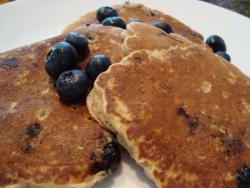 8am Breakfast- poached eggs on wholegrain, blueberry and oat pancakes (inspired by pancake day) and/or small bowl of natural muesli. water (more here).
8am Breakfast- poached eggs on wholegrain, blueberry and oat pancakes (inspired by pancake day) and/or small bowl of natural muesli. water (more here).- 10am Competition- If you struggle to eat before an early competition, sports drinks can be very useful source of energy and are easily digestible.
Only start consuming once your warm up has started to avoid an insulin spike.
- Immediately post competition- fast digesting carbohydrates and protein for fast energy replenishment
- 2 hours post competition- Try and eat a full meal consisting of slow releasing carbohydrates, protein for recovery and fruit and/or vegetables for vitamins and minerals. 2 hours post exercise is the window of opportunity for maximum glycogen storage in the body.
Afternoon
- 8-9am Breakfast- large breakfast to maximise energy storage e.g. poached egg on toast, porridge with berries, grapefruit. Water
- 12-1pm- top up energy levels without overeating e.g. small sweet potato with grilled chicken breast. Water
- 3pm- Competition
- Immediately post competition- see above
- 2 hours post competition- see above
Evening
- 8-9am Breakfast- large breakfast. Water
- 11am Snack- mixed nuts and dried fruit. Water
- 1-2pm lunch- Grilled salmon and steamed rice and veg. Water
- 3.30-4pm- small jacket potato with tuna. Water
- 7pm- Competition
- Immediately post competition- try and stick to same principles of post competition nutrition, however if you cannot manage 2 meals at this time, make sure you have one good meal.
Summary
 Whatever time your competition takes place, the same principles of eating plenty of slow release carbohydrates, limiting fat and maintaining hydration should apply.
Whatever time your competition takes place, the same principles of eating plenty of slow release carbohydrates, limiting fat and maintaining hydration should apply.
(picture of James Marshall helping one of our athletes prepare food ahead of competing)
Leaving 2-3 hours between eating and competition will allow food to properly digest and leave the body free to concentrate on physical performance with adequate energy.
Whatever strategies you put in place for your competition day nutrition, make sure they are well practiced . Trying something new for the first time before a competition is a risk not worth taking.
Matt Durber
Further reading:


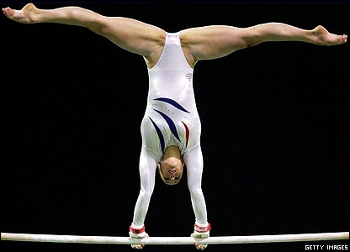
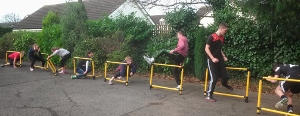 I have been working with England Golf for the last 15 months, coaching the South West under 16s boys and girls squads.
I have been working with England Golf for the last 15 months, coaching the South West under 16s boys and girls squads.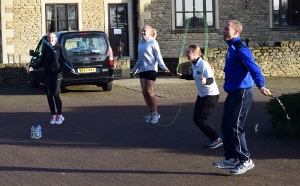 We started the good habits necessary when we held a joining boys and girls assessment weekend in September. I wanted the candidates to be clear from the start what the program would involve: like running! That way there would be no misunderstandings later.
We started the good habits necessary when we held a joining boys and girls assessment weekend in September. I wanted the candidates to be clear from the start what the program would involve: like running! That way there would be no misunderstandings later.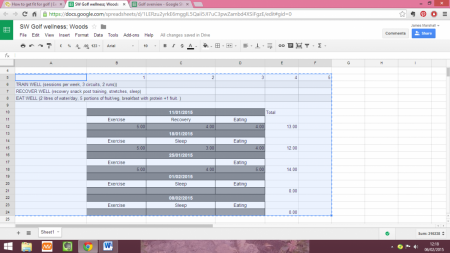
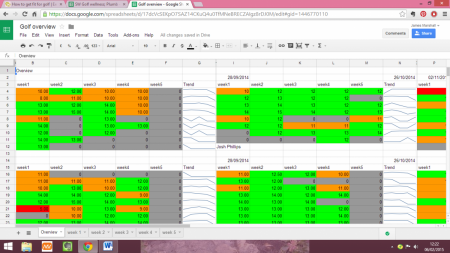 The grey areas are where the gaps are, the green amber and red indicate how successful the golfer has been overall. I can then look at the individual scores for each golfer week by week.
The grey areas are where the gaps are, the green amber and red indicate how successful the golfer has been overall. I can then look at the individual scores for each golfer week by week. My main aim at the start was to get the golfers thinking about these areas every week. There were accountable for filling in 3 numbers.
My main aim at the start was to get the golfers thinking about these areas every week. There were accountable for filling in 3 numbers. Whilst it may appear we got off to an inauspicious start, over half of the squad were really having a go and making themselves fit.
Whilst it may appear we got off to an inauspicious start, over half of the squad were really having a go and making themselves fit. The girls especially nailed the recovery snacks, but most of them were making a real effort to change their behaviour.
The girls especially nailed the recovery snacks, but most of them were making a real effort to change their behaviour.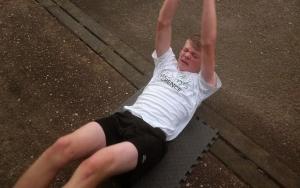 We are now in the situation where 80% of the squad members are really trying to get better.
We are now in the situation where 80% of the squad members are really trying to get better.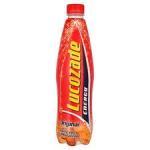 A frequently asked question. While listening to a speech at a coaching conference recently, I heard that if plain water was cool or sleep could be bottled, you could make a lot more money.
A frequently asked question. While listening to a speech at a coaching conference recently, I heard that if plain water was cool or sleep could be bottled, you could make a lot more money.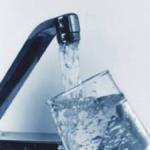 The effects of drinking water during exercise are to cool you down and to rehydrate you. During other times, it helps to increase the mineral and vitamin absorption of your daily diet.
The effects of drinking water during exercise are to cool you down and to rehydrate you. During other times, it helps to increase the mineral and vitamin absorption of your daily diet. Redbull is very different to lucozade and unrecognisable to water. If there is a scale of health water is at one end and Redbull the other.
Redbull is very different to lucozade and unrecognisable to water. If there is a scale of health water is at one end and Redbull the other.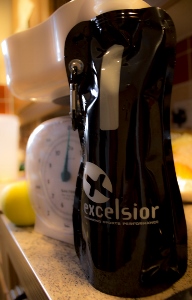 The original question is very difficult to answer in my opinion. Lucozade is good for what water is not, increasing and maintaining energy.
The original question is very difficult to answer in my opinion. Lucozade is good for what water is not, increasing and maintaining energy.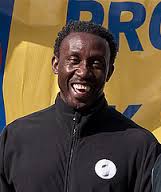 Creatine supplementation became popular with athletes following the 1992 Summer Olympics in Barcelona, Spain, when gold medal winners Linford Christie and Sally Gunnell revealed that creatine was a factor in their success.
Creatine supplementation became popular with athletes following the 1992 Summer Olympics in Barcelona, Spain, when gold medal winners Linford Christie and Sally Gunnell revealed that creatine was a factor in their success. When your muscles contract, the initial fuel for this movement is a compound called ATP. ATP provides its energy by releasing one of its phosphate molecules. It then becomes a different compound called ADP. Unfortunately, there is only enough ATP to provide energy for about 10 seconds, so for muscle contraction to continue, more ATP must be produced.
When your muscles contract, the initial fuel for this movement is a compound called ATP. ATP provides its energy by releasing one of its phosphate molecules. It then becomes a different compound called ADP. Unfortunately, there is only enough ATP to provide energy for about 10 seconds, so for muscle contraction to continue, more ATP must be produced.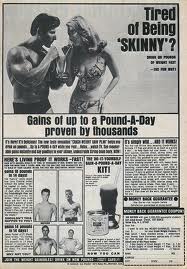


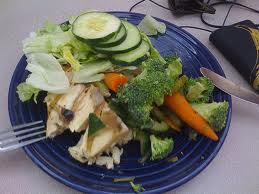
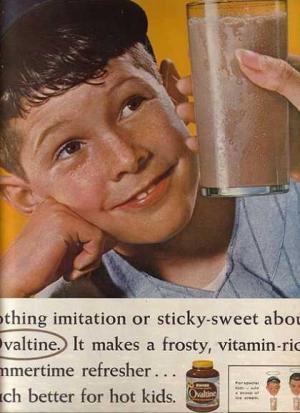
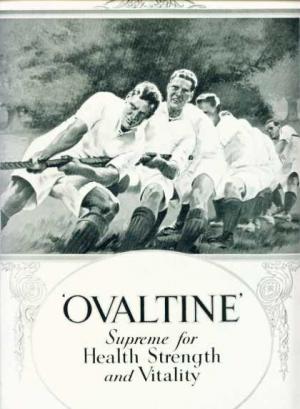 Apart from protein the one supplement I have found to definitely give noticeable results is creatine.
Apart from protein the one supplement I have found to definitely give noticeable results is creatine. The final thing to remember before jumping in and purchasing the latest super duper product promising gains “beyond your wildest dreams” is that this stuff is usually very inexpensive to manufacture and will be sold at a large profit to a market targeting young impressionable athletes.
The final thing to remember before jumping in and purchasing the latest super duper product promising gains “beyond your wildest dreams” is that this stuff is usually very inexpensive to manufacture and will be sold at a large profit to a market targeting young impressionable athletes.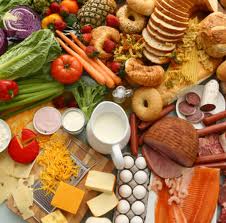
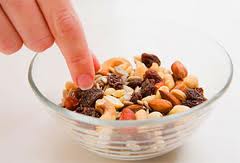
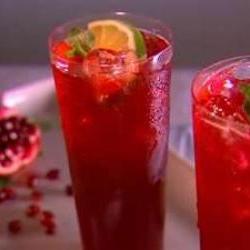 Recent reports in newspapers have suggest that you can increase your testosterone levels by drinking pomegranate juice. Here, Duncan looks at whether this is true, or unclear.
Recent reports in newspapers have suggest that you can increase your testosterone levels by drinking pomegranate juice. Here, Duncan looks at whether this is true, or unclear. As these three studies have shown there is a variety of conclusions being made on whether pomegranate juice can improve testosterone levels.
As these three studies have shown there is a variety of conclusions being made on whether pomegranate juice can improve testosterone levels.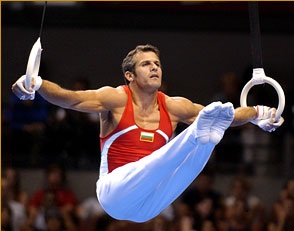 Gymnastics is a very powerful sport needing an incredible amount of
Gymnastics is a very powerful sport needing an incredible amount of 

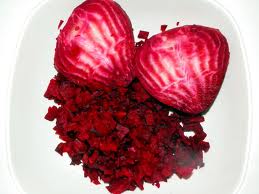 Beetroot is a good source of fibre, which helps to keep blood sugar levels steady and may reduce cholesterol. Unlike most other veg, which tend to have a low glycaemic index (GI), beetroot has a medium GI.
Beetroot is a good source of fibre, which helps to keep blood sugar levels steady and may reduce cholesterol. Unlike most other veg, which tend to have a low glycaemic index (GI), beetroot has a medium GI.